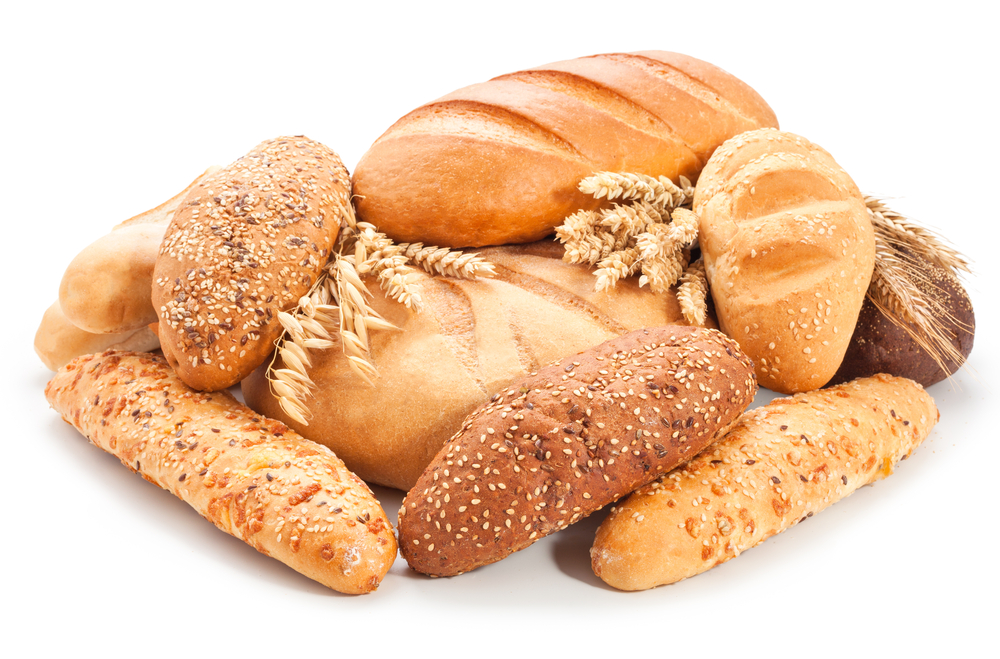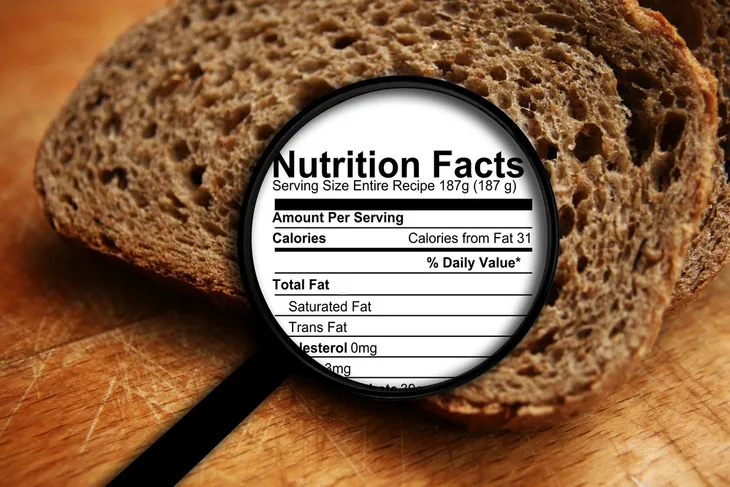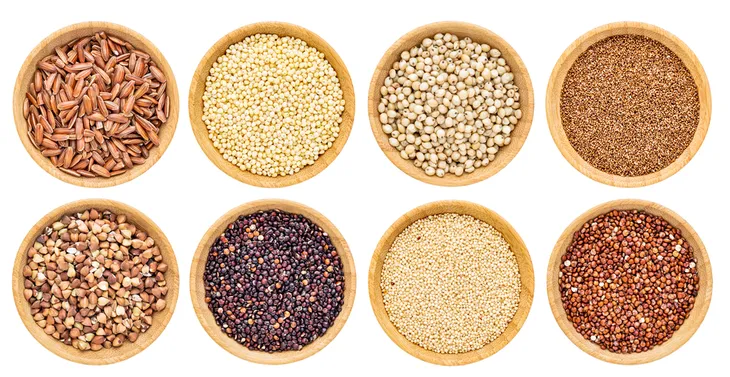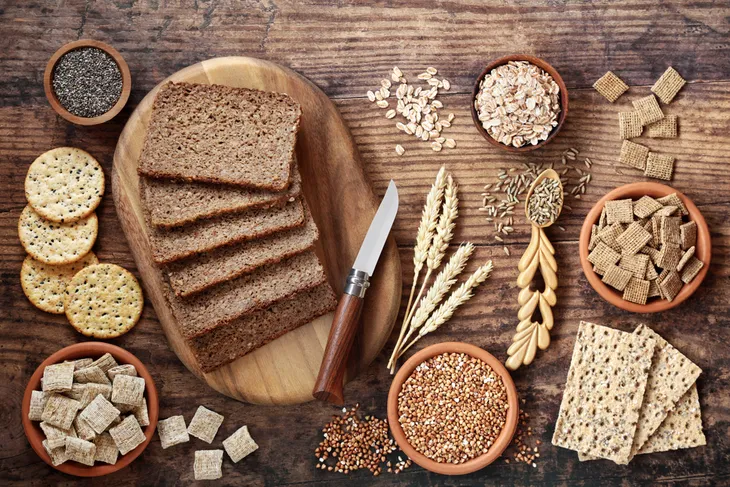Although many of you can probably guess the outcome of this next match up, we’re letting whole wheat and white bread go head-to-head to see which loaf is healthier.
So before you make your lunchtime sandwich, let’s compare white vs. whole wheat bread to see which loaf comes out on top…
How White vs. Whole Wheat Breads Are Made
The major difference in white bread vs. whole wheat breads is in how they’re made. For instance, wheat breads are made from whole-wheat flour—while white breads remove the bran and wheat germ from wheat flour, and bleach it to make white loaves. White bread also contains added chemicals for the bleaching process—namely chlorine dioxide gas, potassium bromate, and benzoyl peroxide.
If it’s a taste preference, which it is for many, get your nutrition by buying a white whole-wheat bread loaf, which is made with lighter wheat for added nutrients, but tastes like white bread.
Whole Wheat vs. White Bread Nutrient Value
Obviously, whole wheat breads have a nutritional advantage over stripped and bleached white loaves. Research from the American Academy of Pediatrics points out that brown bread is richer in zinc, folic acid, magnesium, vitamins E and B6, and also fiber. White breads, on the other hand, are typically fortified with added fiber and nutrients—like calcium.
The added bleaching agents in white breads—remember the benzoyl peroxide, potassium bromate, and chlorine dioxide—even though used in relatively low doses, have been largely criticized. However, the US Food and Drug Administration and the Canadian Food and Drug Act still permit the addition of these chemicals in acceptable levels. Keep in mind that European countries, like Germany, have prohibited them since the late 1950s.
Don’t Be Fooled By a Label
Whole wheat breads are not always what they seem either—they often include caramel coloring and enriched flours.
I don’t know about you, but I prefer to know exactly what I’m eating and that means buying bread with minimal additives and the fewest number of ingredients listed to ensure I’m buying the healthiest bread.
Whole Grains vs. Plain Old Grains
Overall, any type of whole-grain bread provides the most nutrients per loaf because it’s less refined and retains the nutrient-rich wheat germ and wheat bran.
Sure, you may notice that a slice of whole wheat or whole grain bread is higher in fat content compared to white bread, but it’s much higher in fiber. Registered dietitian Julie Ching, MS, RDN, CDCES says, “The general rule of thumb is that when reading the label, it should have a ratio of 1-gram of fiber to every 10-grams of carbohydrates. That is how you know it is a good source of fiber and actual whole grain.”
Health Benefits of Whole Wheat
In the end, whole grains come out the winner for many reasons. But don’t just take my word for it! Let’s see what the real experts have to say…
The American Journal of Clinical Nutrition claims those who opt for whole wheat vs. white bread have a lower risk of type 2 diabetes, high cholesterol, heart disease, and also tend to have lower body weights.








